Implement these small changes to jumpstart solutions.
The User Focused Approach
The more we know about our users, the easier it is to understand and ultimately solve their problems. The easiest way to do this is to simply talk to them!
Talk to Users
- Our goal is to understand how they work and the obstacles they face in getting their job done. In our experience, users are eager to share their frustrations and often have ideas about how to solve them.
- There is often a tendency to zero in on feature requests. Stay focused on the specific problems the user needs to solve.
- Identify the biggest pain points. What are the issues that they repeatedly face?
Going Further
The User Experience group has additional tools that can help solicit feedback and gain a better understanding of the user and their problem set.
- Focus Groups allow a moderator to guide discussions with groups of users to uncover issues.
- One on One Interviews provides context around the work our users do and how they use the tools available.
- Feedback tools such as surveys and feedback forms provide a larger sample of user responses.
Cross Functional Team Collaboration
The more perspectives you can bring to a problem, the better chance you have in developing innovative solutions. Include stakeholders from different areas at every phase of the project.
Define Problems
- You've talked to your user. Now, it's time to problem solve. Spend time with your stakeholders to specifically define problems. What is keeping the user from successfully performing an action? Be as specific as you can.
Prioritize
- Deciding what to tackle is often hard to quantify. Having multiple perspectives on the value of solving
Prioritize
- Deciding what to tackle is often hard to quantify. Having multiple perspectives on the value of solving specific problems is helpful. Stakeholders will prioritize problems differently. Use one of our prioritization tools [LINK] to give everyone a voice.
Brainstorm
- Spend some time brainstorming potential solutions to the problem. Not every solution requires code. Try using one our brainstorming exercises [LINK] to get the creative juices flowing. The more ideas the better.
- As a team, decide on a solution that is most likely to address the problem at hand.
Iterate to Improve
Early Feedback
- Now is a great time to circle back with your user. Before investing in your proposed solution, validate it with your users. Are you on the right track? Will your idea actually solve their problem? You don't have to build a complicated prototype to get this feedback. Sometimes, a simple sketch and explanation is enough to get confirmation.
Define Success
- How will you measure success? As a team, decide on the metrics you are trying to address. Having the ability to measure is as important as the solution itself.
Learn
- The real value of design thinking is the prospect of constant improvement. Continue to improve your solutions by gathering feedback from the users, reviewing performance and talking with your team about why things are working.




